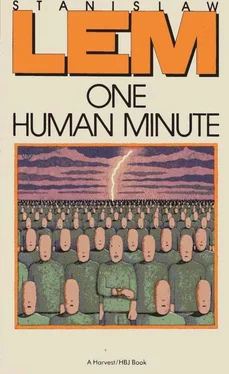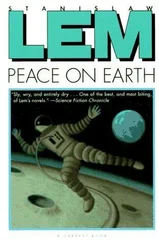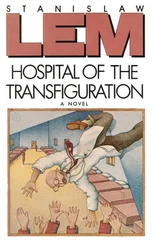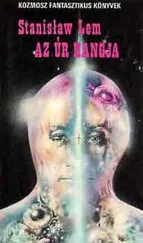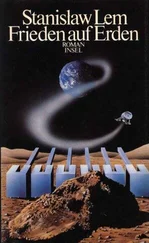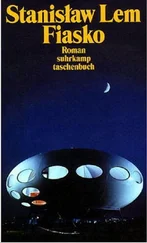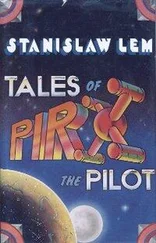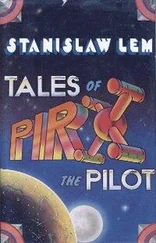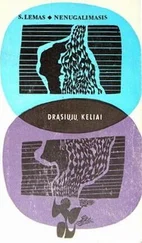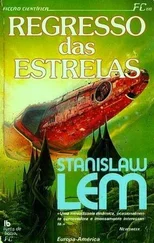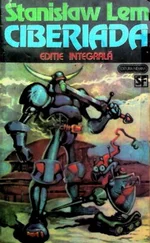But even if that happens, books with the titles I predicted will appear. I will now proceed to show the reason. The grim truth is: without a global destruction of life, man would not have arisen.
How does the new view of life in the Universe differ from the old? We have long known that the birth of life on a planet must be preceded by a long chain of specific events, beginning with the formation of a long-lived and evenly burning star like the Sun, and that this star must create a planetary family. But we did not know that the arms of a spiral galaxy are (or can be) alternate cradles and guillotines of life, depending on the stage of development of the star-generating material when it passes through the spiral and on the place in the arm where the passage occurs.
At the symposium in Burakan I was the only one to hold that the distribution of life-generating heavenly bodies was dependent on events of extraplanetary and extrastellar (galactic) magnitude. Obviously, I, too, was unaware that the chain of events included the motion of the star-generating cloud around the corotational circle; that inside the cloud, the “right” synchronization of astrogenesis and eruptions of supernovas on the cloud’s circumference was necessary; and moreover — conditio sine qua non est longa vita — that the system where biogenesis began had to depart immediately from the spiral’s stormy zone for the calm expanse of space between the arms.
At the end of the seventies it became fashionable to include in cosmological hypotheses a factor called the Anthropic Principle. This factor reduces the enigma of the initial state of the Universe to an argument ad hominem: if conditions had been very different, the question would not have arisen, since there would have been no one to ask it.
It is not hard to see that as a cosmological criterion the Anthropic Principle (the appearance of Homo sapiens was inherent in the Big Bang) has about as much cognitive value as the “Schnapps Principle."
True, the production of schnapps was made possible thanks to the properties of matter in this Universe, but one can perfectly well imagine the history of this Universe, this Sun, this Earth, and this human race without the emergence of schnapps. Schnapps originated because people engaged in the production of different beverages, including those that contained alcohol, sugar, juniper berries, and herbal extracts. This answer is sensible, though general. Whereas to answer the question “How did schnapps come about?” with “It came about because such was the initial state of the Universe” is ridiculous. One might just as well say that Volkswagens or postage stamps owe their existence to the initial state of the Universe. Such an answer explains ignotum per ignotius. It is also a circulus in explicando: that which could arise, did arise. But such an answer ignores the most distinctive property of the proto-Universe. According to the obligatory Big Bang Theory, the Universe was born in an explosion that simultaneously created matter, time, and space.
Traces of this world-creating explosion remain in the Universe to this day as residual radiation present everywhere in the stellar background. In the twenty billion years of the Universe’s existence, the radiation of the first moment has cooled to a few degrees above absolute zero. But that residual radiation ought not to be the same across the whole canopy of sky. The Universe originated from a point of infinitely great density and in the course of 10 -35of a second expanded to the volume of a soccer ball. Even at that moment it was too large and was expanding too rapidly to remain perfectly homogeneous. Causal connections of events are limited by the maximum speed of interaction, which is the speed of light. Such connections were able to last only in regions with dimensions of 10
-25centimeter, but 10 78such regions could fit in a universe the size of a soccer ball. What took place in some regions, therefore, could not influence the events in others. And therefore the Universe ought to have expanded heterogeneously and not kept the symmetry of those everywhere-identical properties that we nevertheless observe in it. The Big Bang Theory is saved by the hypothesis that in the creational explosion an immense number of universes formed simultaneously. Our Universe was only one of them.
A theory published in 1982 reconciles the homogeneity of the actual Universe with the nonhomogeneity of its expansion through the premise that the proto-Universe was not a universe but a “poliverse.” A poliverse hypothesis can be found in a little book of mine called Imaginary Magnitude, which I wrote ten years earlier, in 1972. The similarity of my speculations to the theories that appeared later gives me courage to speculate further.
Let us recall the champagne bottle that bounced off the football, flew through the open window, and fell into the aquarium. Impossible though it is to calculate the statistical probability of such an accident, we recognize that the accident was possible (that is, it did not contradict the laws of nature; it was not a miracle). And if the bottle had fallen into an aquarium full of stagnant water and dead fish and had splashed, sending a few fish eggs into a bucket of fresh water standing nearby, and if live fish were born from those eggs, it would be an event even rarer, even more exceptional than if there had been no bucket, eggs, or resultant little fish.
Suppose that the children are still playing football; that someone is still tossing champagne bottles out of the second-floor window every now and then; that the next empty bottle, bouncing off the football (which just then intersects the path of its fall), flies into the bucket, so that the little fish born from the roe are splashed out and into butter sizzling on a frying pan. The lady of the house, who had intended to make an omelet, on her return to the kitchen finds little fried fish in the pan.
Would this be an “absolute impossibility"? One cannot maintain that. All one can say is that it was an accident sui generis, one whose full course (beginning with the first champagne bottle) will never be repeated exactly the same way. It is just too improbable. The slightest deviation will cause the bottle not to land in the kitchen, because it will not ricochet off the football “as it should"; or it will break on the floor; or it will sink in the aquarium and nothing more will happen; or it will splash some roe but the roe will not fall into the bucket and produce fish. Then, too, the bucket could be empty, or filled with laundry soaking in a detergent lethal to fish. And so on.
When we bring the Anthropic Principle into cosmology, we are saying that the appearance of man has crowned the evolution of life on Earth with intelligence, since the emergence of intelligent beings becomes more probable the longer that evolution lasts. Leaving the terrain of what today is considered certain or reasonably certain, I will move on to what the science of the next century will contribute to the subject.
First, evidence will be gathered showing that the limb of the evolutionary tree that created the mammals would not have branched and would not have given them primacy among the animals had there not been, sixty-five million years ago, between the Cretaceous and Tertiary, a catastrophe in the form of an enormous, 3.5-to-4-trillion-ton meteorite.
Up to that time, the dominant animals were the reptiles. They reigned on land, on water, and in the air for two hundred million years. Attempting to explain their abrupt extinction at the end of the Mesozoic, the evolutionists attributed to these reptiles the traits of contemporary reptiles: cold-bloodedness, primitive organs, and a hairless body covered only by scales or horned armor. And when they reconstructed the appearance and way of life of these animals on the basis of the skeletal fragments found, they did so according to their biases. One could call this “mammal chauvinism.” Paleontologists have said, for example, that the large reptiles, like the brontosaurus, were incapable of moving on dry land and spent their life in shallow water, feeding on plants. Or that the two-legged reptiles, though ambulatory, were awkward, dragging long, heavy tails over the ground. And so on.
Читать дальше
